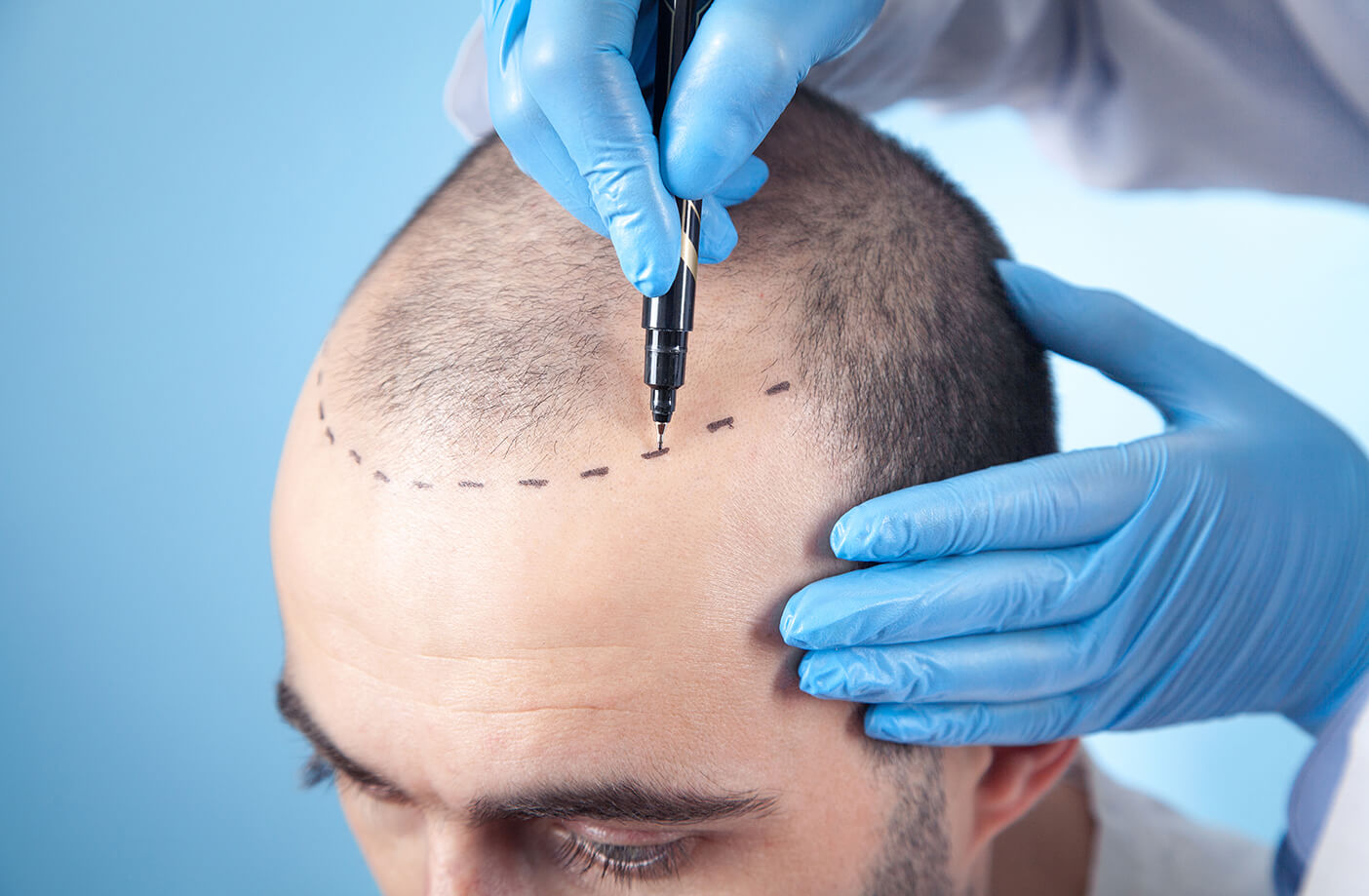The Role of PRP Therapy in Enhancing Hair Transplant Outcomes

Hair loss is a concern that affects millions of individuals worldwide, both men and women alike. With advancements in medical science, several innovative solutions have emerged to combat this issue—one of the most effective being hair transplantation. However, recent developments have further enhanced this procedure’s results, particularly the integration of Platelet-Rich Plasma (PRP) therapy. PRP has rapidly gained traction among dermatologists and cosmetic surgeons due to its ability to stimulate healing and hair growth. When combined with a hair transplant procedure, PRP not only improves outcomes but also accelerates recovery, helping patients achieve fuller, healthier hair in a shorter span of time.
Hair transplant procedures are often a significant investment, both financially and emotionally. As patients explore their options, many factors come into play, such as clinic reputation, surgeon experience, and hair transplant cost. While the procedure itself is vital, supportive treatments like PRP therapy can significantly influence the final results, making them an essential consideration for anyone looking to get the most value from their investment.
Understanding PRP Therapy and Its Mechanism
Platelet-Rich Plasma therapy is a minimally invasive procedure that uses the patient’s own blood to promote natural healing and regeneration. Blood is drawn from the patient, processed in a centrifuge to isolate the platelet-rich plasma, and then injected directly into the scalp. Platelets contain growth factors that stimulate cell repair, collagen production, and tissue regeneration—essential components for healthy hair follicle growth.
PRP therapy has been used in other areas of medicine, such as sports injuries and orthopedics, due to its healing properties. Its application in the field of hair restoration is a natural progression, offering a biologically sound method to revitalize dormant hair follicles and enhance scalp health. By delivering concentrated growth factors directly to the scalp, PRP therapy creates an optimal environment for new hair to grow.
Enhancing Hair Transplant Results with PRP
Hair transplants involve the surgical relocation of hair follicles from a donor area to a recipient area where hair is thinning or absent. While this procedure is highly effective on its own, the transplanted follicles can sometimes face challenges related to blood supply, inflammation, and shock loss. This is where PRP therapy comes in as a game changer.
When administered alongside a hair transplant—either pre-operatively, during the procedure, or post-operatively—PRP injections can significantly improve graft survival rates. The growth factors in PRP promote faster vascularization, ensuring that the transplanted follicles receive adequate oxygen and nutrients during the critical healing phase. This increased blood supply minimizes follicular stress and reduces the chances of failure, thus maximizing the number of grafts that successfully take root.
Moreover, PRP therapy can stimulate the surrounding native hair follicles, improving the overall density of the scalp. Patients often report faster healing times, less scabbing, and reduced inflammation when PRP is included as part of their transplant regimen. The enhanced wound healing also minimizes scarring and contributes to a more natural-looking hairline.
Scientific Evidence Supporting PRP Integration
Multiple clinical studies have highlighted the effectiveness of PRP therapy in conjunction with hair transplant procedures. Research has demonstrated that patients receiving PRP alongside their hair transplant experience better hair density and thickness compared to those who undergo the transplant alone.
For instance, a study published in the Journal of Cutaneous and Aesthetic Surgery found that PRP-treated patients showed a marked increase in hair growth and graft survival over a 6-month period. Another report in Dermatologic Surgery suggested that PRP enhanced the anagen phase (active growth phase) of hair follicles, thus improving the long-term viability of the transplanted grafts.
This growing body of evidence makes a compelling case for PRP as a standard adjunct therapy in hair restoration. While further large-scale trials are still needed for conclusive results, the consistent trend of improved outcomes across smaller studies is encouraging.
Ideal Candidates and Treatment Protocol
While PRP therapy is safe and suitable for most individuals undergoing a hair transplant, not everyone may need it. The treatment is most beneficial for patients with poor scalp circulation, those who have experienced transplant failure in the past, or individuals with a history of slow wound healing. It is also highly recommended for patients with early-stage thinning who are looking to maintain existing hair while improving transplant results.
The treatment protocol for PRP can vary depending on the clinic and the individual’s specific needs. Typically, patients undergo a series of PRP sessions spaced 4–6 weeks apart. In a hair transplant setting, PRP can be administered during the surgical session, with follow-up treatments scheduled post-operatively to support ongoing hair growth. Most clinics tailor the plan based on the patient's response and desired outcomes, ensuring maximum benefit from the therapy.
Long-Term Benefits and Final Thoughts
Integrating PRP therapy into a hair transplant strategy not only boosts the success rate of the procedure but also contributes to longer-lasting and more natural results. Patients report improved texture, density, and coverage of their hair—factors that significantly affect self-confidence and quality of life.
Unlike medications that come with long-term side effects or maintenance requirements, PRP uses the body’s own healing mechanisms, making it a low-risk and sustainable solution. With no risk of allergic reactions and minimal downtime, it's a viable option for most patients seeking comprehensive hair restoration.
As hair transplant techniques continue to evolve, the role of supportive therapies like PRP will only become more pronounced. Combining biological science with advanced surgical techniques allows practitioners to offer holistic solutions that not only address hair loss but promote overall scalp health. For individuals seeking the best possible outcome from their hair restoration journey, PRP therapy is an investment worth considering.


Comments
Post a Comment